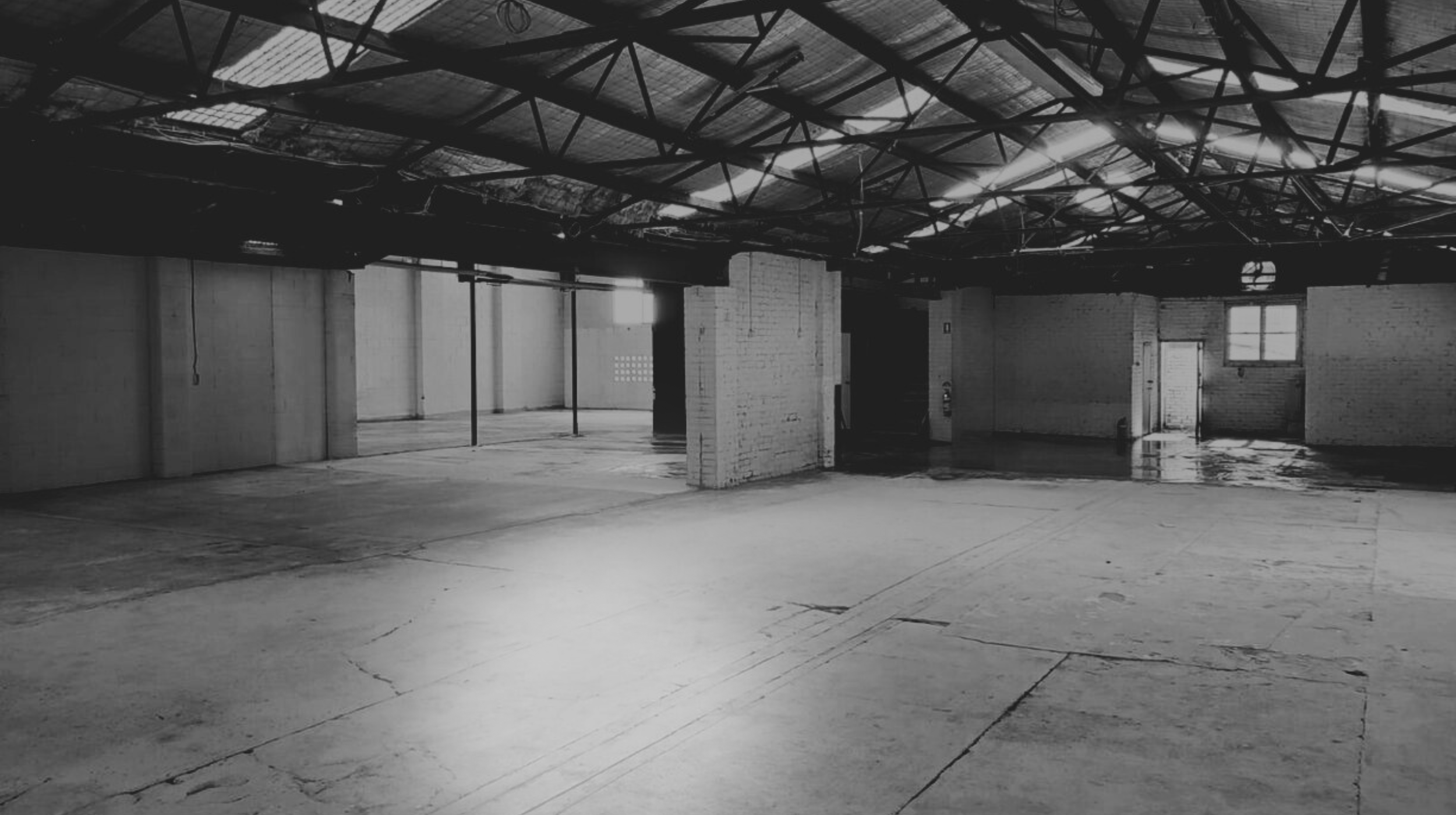
Behind the Curtain…
02.03.2017
The Research and Inspiration for ‘Black Crows’ – Part 2
How does Black Crows draw on environmental issues and themes for an axis of storytelling and performance?
Thematically, my artistic work steps between environmental and the personal, often referring to it as the epic vs domestic. The Anthropocene gives me a framework to tell story from, to situate it in the present reframing our everyday life into a global phenomenon – Man’s imprint on the environment.
I examine how this manifests itself in the everyday with a particular focus on those vulnerable in society. Those at the coal face of climate change and we in the developed world choose to look away, choose to continue on our way to loss of biodiversity, loss of adequate food and shelter as if for some reason we feel we can avoid it. That something/ someone will protect us.
How did you come to use van Dooren’s research on house crows of the Port of Rotterdam as an allegory for the treatment of refugees?
The hook for me was crows. As a lover of Hitchcock I fell into my imagination and from that point I decided to make a work. But what would it be?
I needed to find the hook between van Dooren’s crows and what I wanted to say about my world. Van Dooren’s paper talks about perceived danger and scapegoating and from here I could see definite parallels with the Australia’s treatment of people seeking asylum.
The title came from Different Trains, by minimalist composer Steve Reich. There is a line: “black crows invaded our country…and he pointed right at me.” This marries the concepts beautifully. Although I don’t use the music in the show it certainly provided a platform for me to leap from.
How does Black Crows differ from your previous works?
I have two strands to my work. The arty farty which runs along the themes of beauty and suffering and the academic translation works which is about merging the academic research with my own artistic palette.
With ‘Crows’ however, I actually feature the public lecture and encase it in contemporary artistic practice. So all the ‘strange’ stuff happens before and after the lecture, allowing you to see research through a different lens of deconstructed narrative, insight, humour and beauty. I hope all of this leads to strengthen the argument for change.
What is it like to adapt a completed research project into an experiential theatrical artwork?
The balance is tricky. I have to be careful not to demean the work. But language on a page is quite different to language in space. Thom was very forgiving and actually has re-written the paper so to give me room to put my colour through it. This is very trusting and I hope the result will thrill him.
I worked previously with turtle crusader Leah Lui-Chivizhe for ‘She [still] cries at night. As it was in the early stages of her Phd I was able to use the broad brush strokes of research so it was easier to play with. Leah returns in this work with a quiet story that seems to hang outside the work but if you can pick up the clues along the way you will come to appreciate the shadow she creates in it.
How did you draw inspiration from an activist (David Ritter)?
David, poor David… His job is to bring these apparent disparate ideas together. He is one of the most inspiring speakers I have ever heard and a natural performer. His ability to tell story, his cadence and passion incite a call to action. As the CEO of Greenpeace Asia Pacific he is all about making change, and I am thrilled to provide him this platform under gorgeous light and sound.

